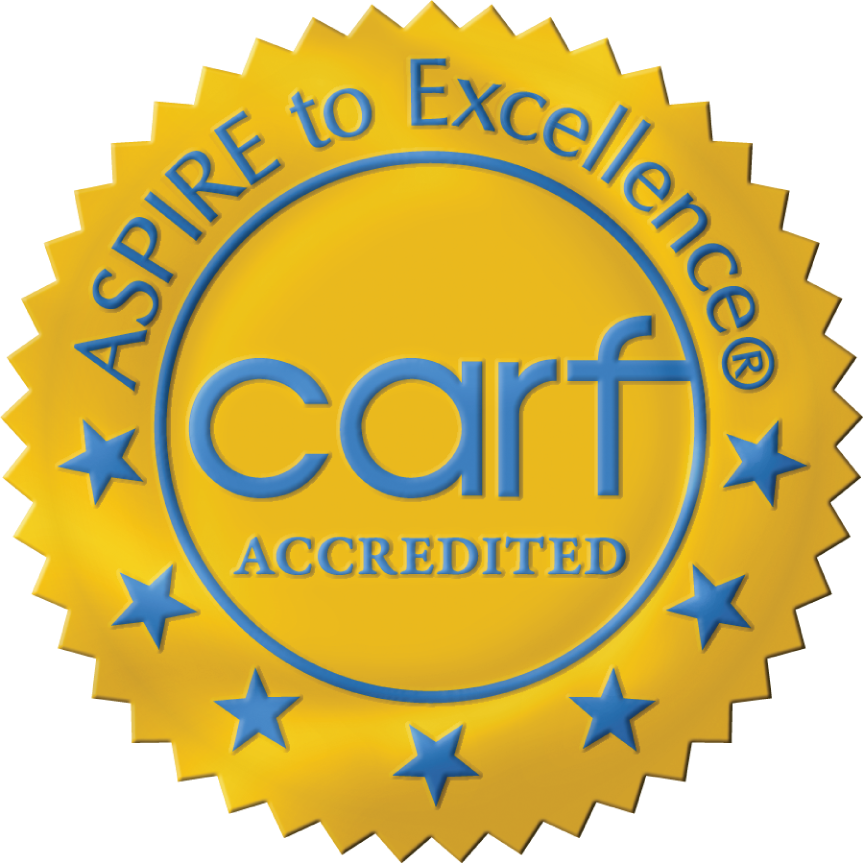
Move It or Lose It: Exploring Movement-Based Alternatives to Talk Therapy
Understanding Talk Therapy: Strengths and Limitations
Although therapy and counseling were once stigmatized, it has become much more socially accepted to seek help for mental health today. Positive changes in the social climate have cultivated an increase in the popularity of various therapy modalities addressing a broad spectrum of personal challenges, including chronic mental health disorders and severe trauma, as well as assistance in personal growth and self-actualization.
Benefits of Talk Therapy
Traditional talk therapy is widely accepted as an effective practice for helping people gain self-awareness and understand their present behavior in light of their personal history. Commonly, people begin therapy for one issue they would like to address, and in the process uncover a multitude of other contributing factors that are necessary to confront for deeper healing.
Throughout talk therapy, a client may gain the ability to connect with others on a deeper level as their understanding of themself grows. Through open and honest conversations with their therapist, they might come to acknowledge unconscious beliefs that they carry about themself which impact the way they relate to others. They may also learn to reason through things more effectively, as well as grow in their capacity to communicate their feelings and needs with others.
Talk therapy requires deep courage to confront one’s inner world and take ownership of your actions. With the accompaniment of a trusted professional, many people have found deep healing and restoration by shedding light on things that have been hidden or avoided for years, bringing about understanding and peace. That being said, there are some limitations to talk-based therapy modalities that are worth considering.
Limitations of Talk-Based Therapy Modalities
While talk-based therapy modalities can be highly beneficial for many people, they can have their limits. Talk therapy is primarily cognitive-based and verbal. This means that it requires sitting across the room from a therapist and talking through various parts of the client’s life experience. This can prove to be challenging for anyone with neurodiversity, learning disabilities, or cognitive limitations. People with severe trauma can also encounter difficulties with talk therapy, as resurfacing traumatic memories can trigger physical reactions that are difficult to process in a primarily intellectual setting.
Shake it Up: Alternatives to Talk Therapy
Many people find that a more interactive and physically stimulating form of therapy is beneficial to foster a deeper level of healing. Movement plays a large role in incorporating all aspects of the human person into the therapeutic process, regardless of the nature of the wounds that people are processing. Traumatic events, though they may have taken place in a single moment in time, continue to have life in the body as trauma is stored in the tissues. While talk therapy can allow that energy to be stirred up in the body, physical movement encourages that energy to move through the body to be processed and ultimately expelled.
There are countless benefits of movement, including lower levels of anxiety and depression, improved mood, and increased circulation to the entire body. Out-of-office therapeutic modalities that channel the benefits of movement have proven to be powerful methods to advance the goals of therapy, as they engage the whole body in the quest for healing. They provide real-world exposure to various stimuli including other people, natural distractions, fresh air, and interactions with animals. Rhythmic movements such as walking or riding a horse are also powerful in helping to regulate the nervous system.
People who have experienced physical trauma, such as car accidents, brain injuries, or physical or sexual abuse may experience even greater progress through alternative therapy that incorporates movement and external stimulus, as the nature of the trauma pertains in a very particular way to their body. They often report increased coordination, awareness of body sensations and deeper regulation as a result of engaging in movement-based therapy.
Power of Equine-Assisted Therapy
Equine-assisted therapy is an alternative modality that can be used independently or in conjunction with talk therapy. In this form of therapy, participants engage with the horses during sessions, learning the basics of handling, care and connection while exploring various emotional and psychological aspects of themselves.
Equine-assisted therapy can be beneficial for a wide range of ages, cultures and diagnoses. Participants benefit from the unique environment of the stable grounds and all the sights, sounds and smells that come with being at the barn. Simply walking around the property and coming into contact with the earth can be very grounding for many people.
Additionally, horses are highly perceptive prey animals. This means that they are very attuned to their environment to preserve their safety. They can detect nuanced shifts in the participant’s emotions, which can cue the counselor in on different things about the person. The horse’s sensitivity and gentleness also lay the foundation for a deep bond to form between horse and human. Mounted work is also an avenue of profound integration for clients, as the sensory input of the horse carrying the human can help to heal the brainstem at the core.
Explore Alternative Therapies on Your Path to Healing
If you or a loved one are on a path to recovery from drug addiction, movement-based therapy modalities such as equine-assisted therapy could be an option worth considering. Contact us online today for more information, or call (844) 242-0806 to explore a new avenue on your journey to recovery.









